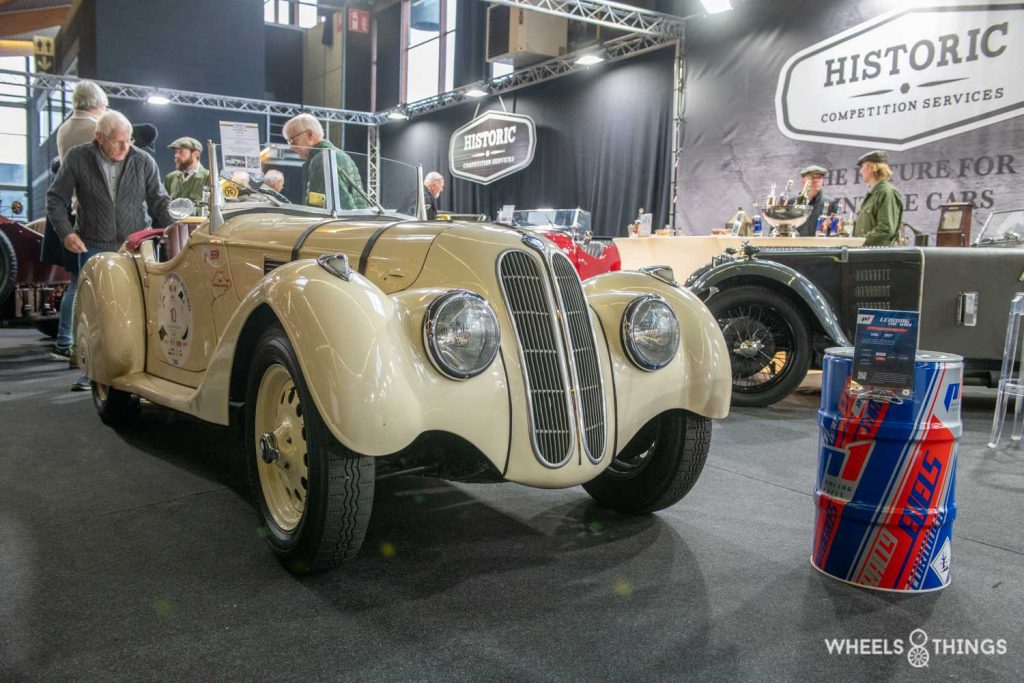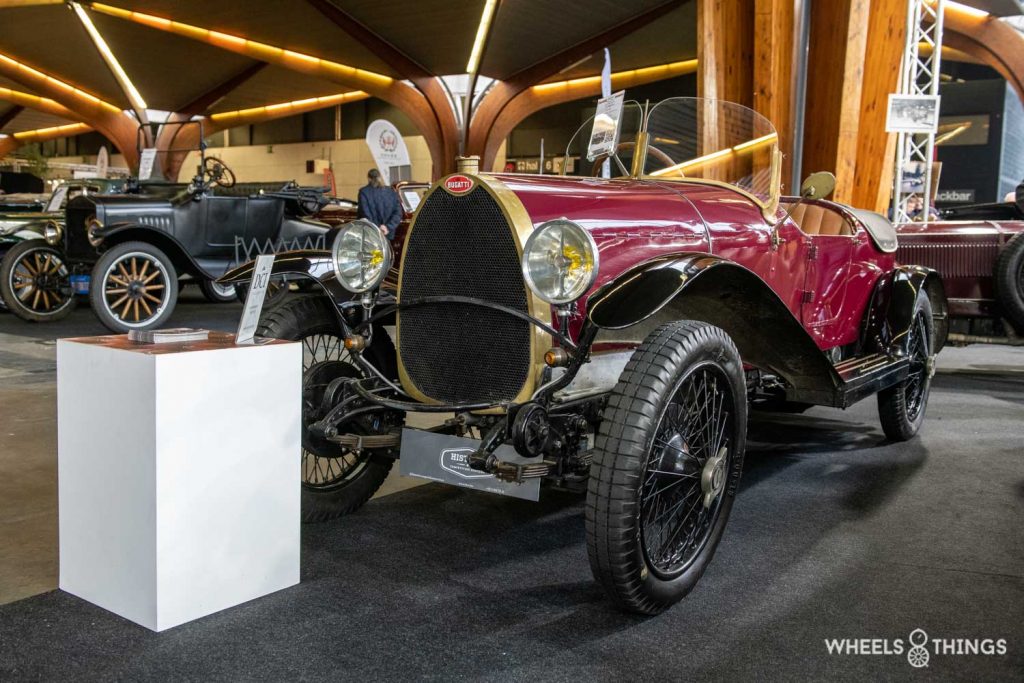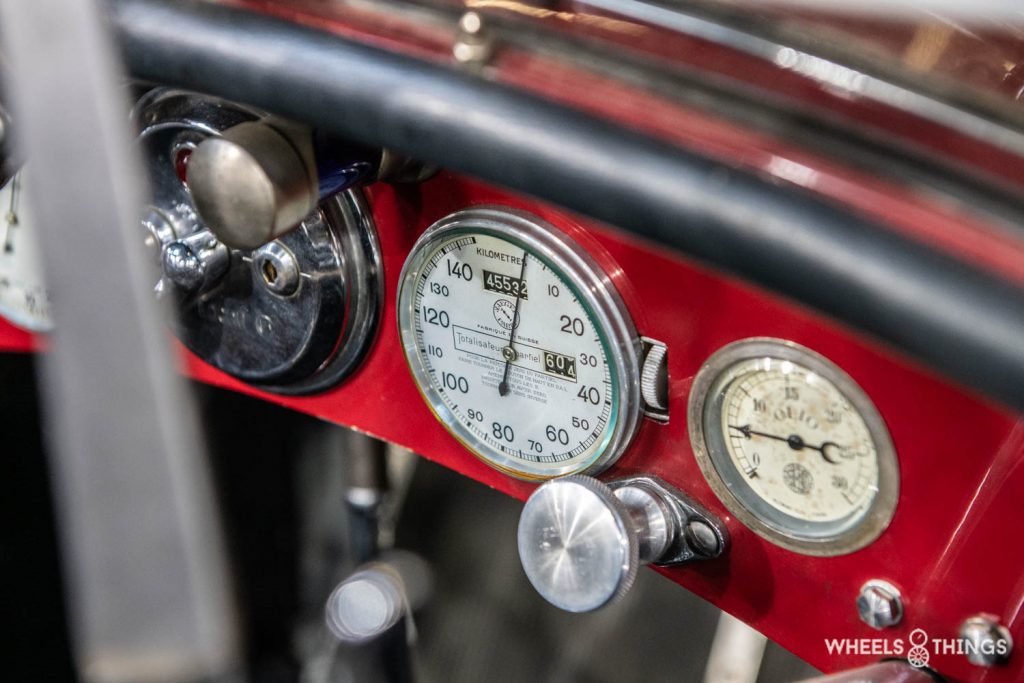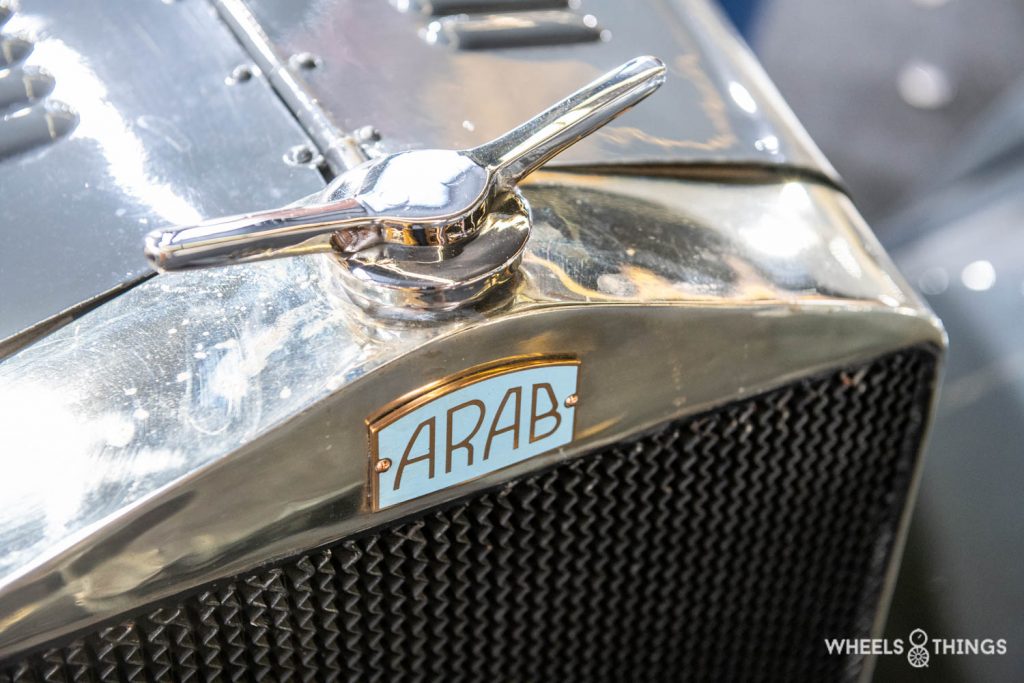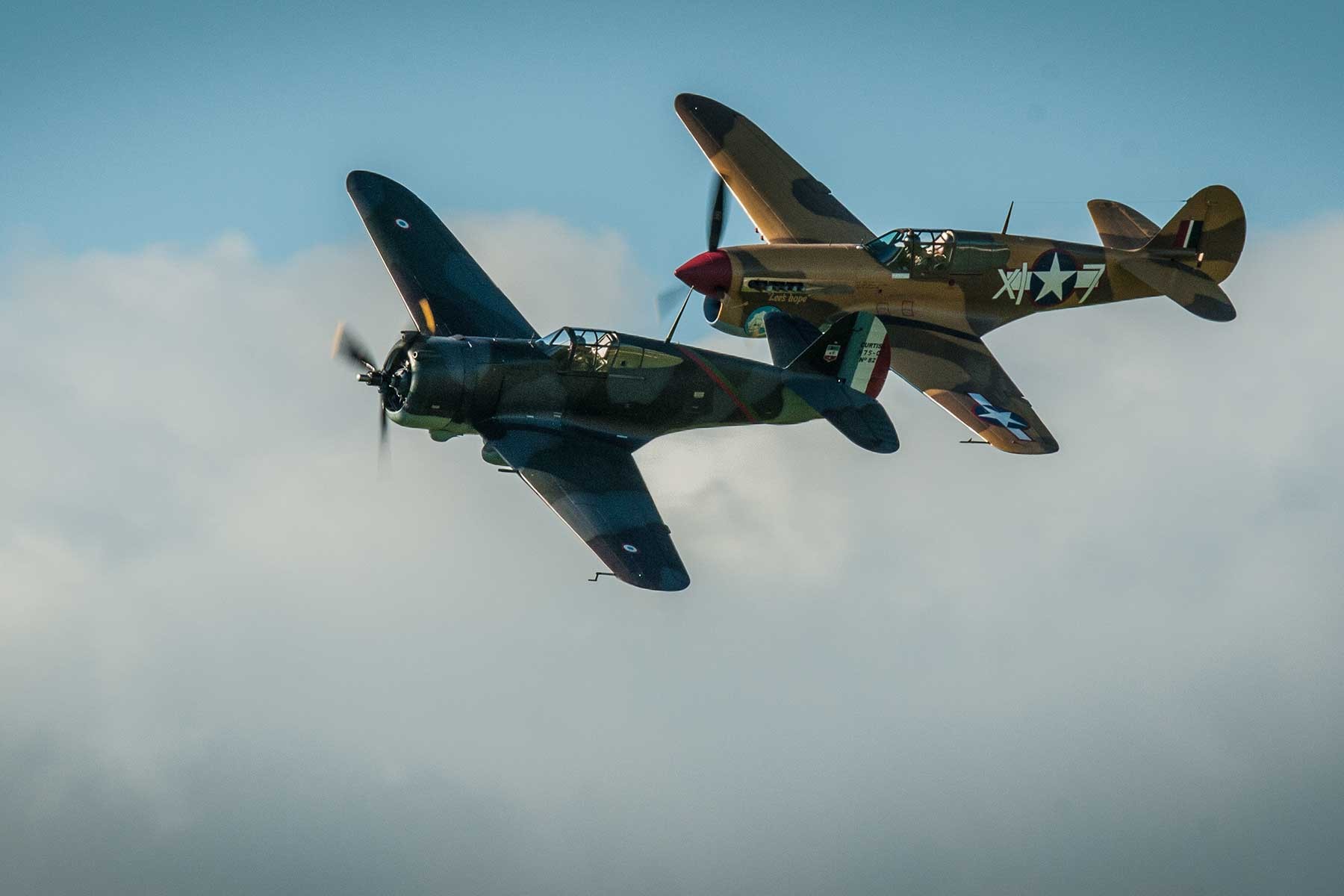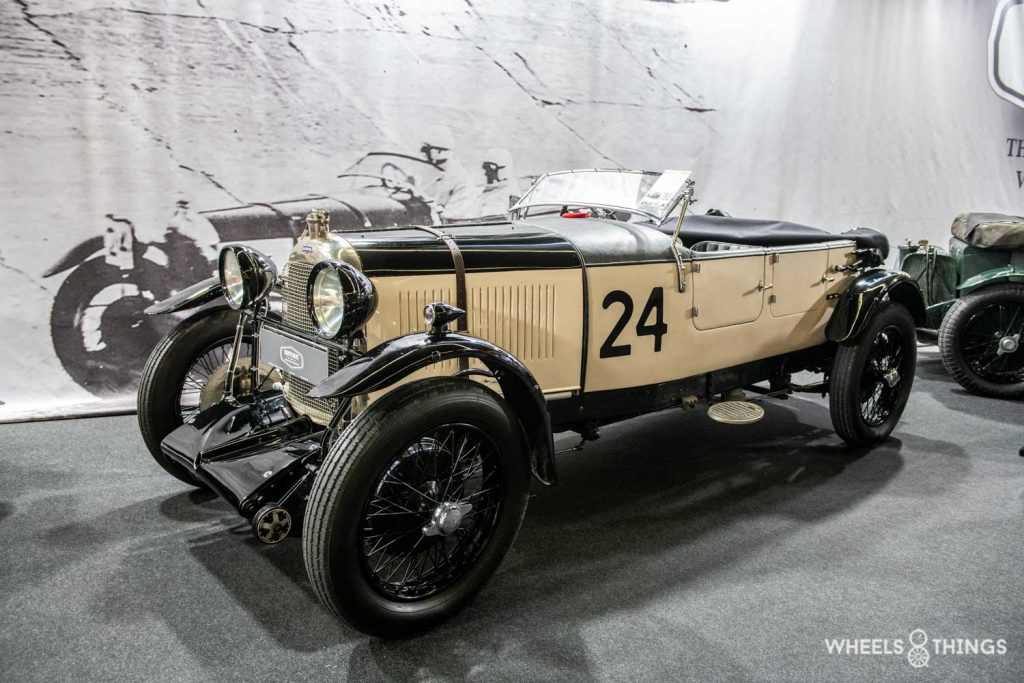
After two cancelled editions due to covid, the time has finally come. Prewar Days 2022 can go ahead in all its glory. On 9, 10 and 11 December, the Kortijk Expo was the place to be for prewar enthusiasts.
Redeemed expectations
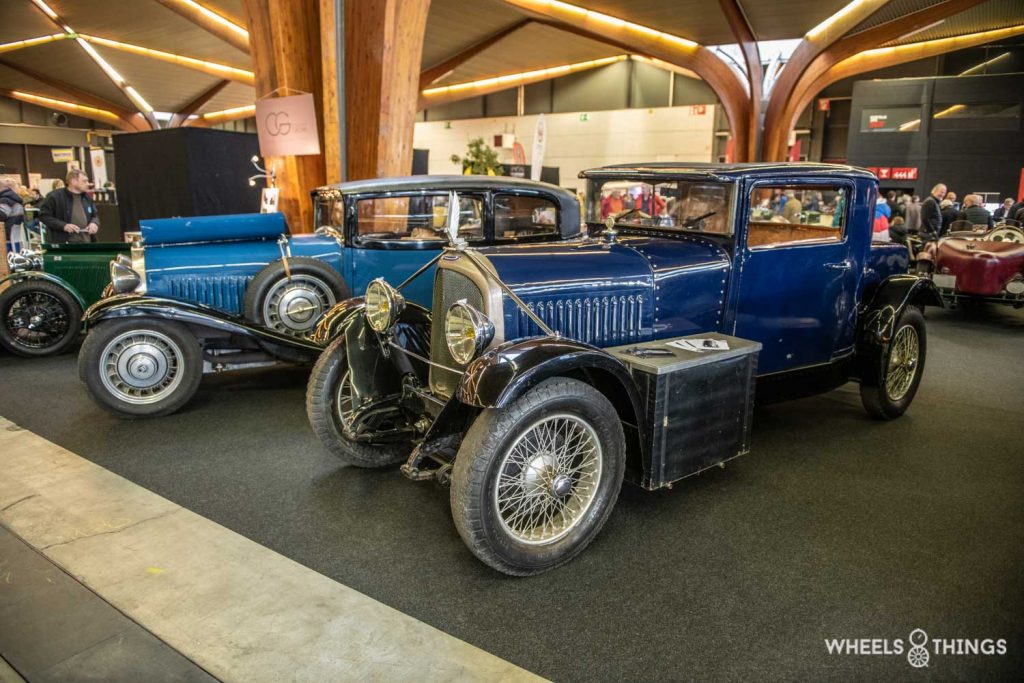
I had some expectations because Pre War is a category that appeals to me anyway. You actually see the evolution from a coach to a car. Every aspect is covered, from primarily luxury-built cars to pure race cars.
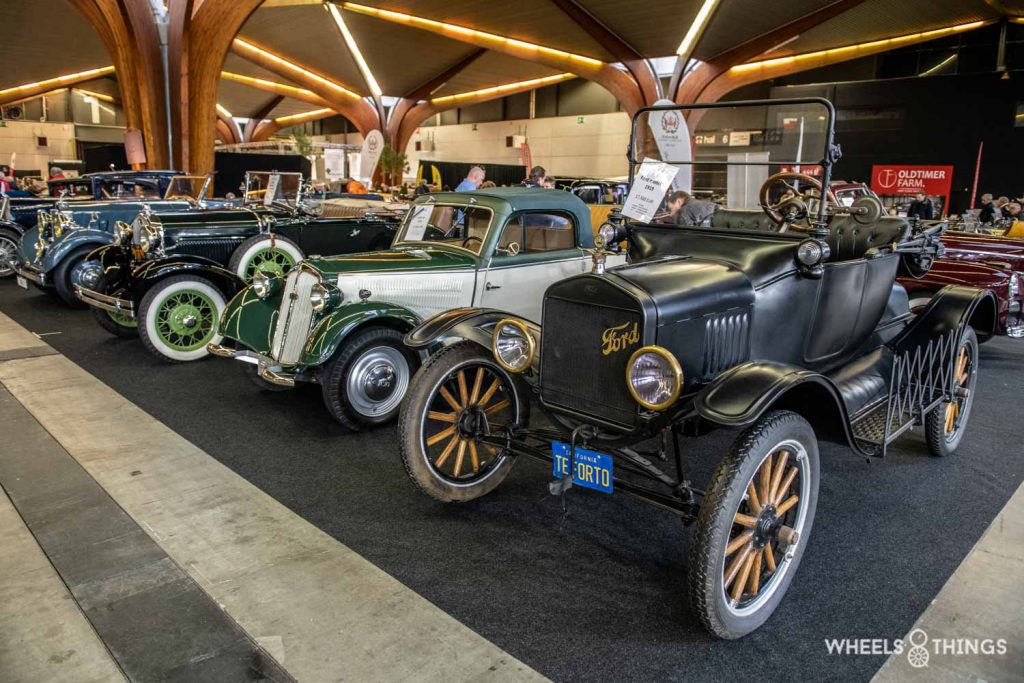
You also sometimes come across the origins of the first assembly line-mounted car, the Ford T.
Most of the stands were spacious and the cars were neatly presented. There was a very relaxed and convivial atmosphere in the exhibition hall.
Memorabilia
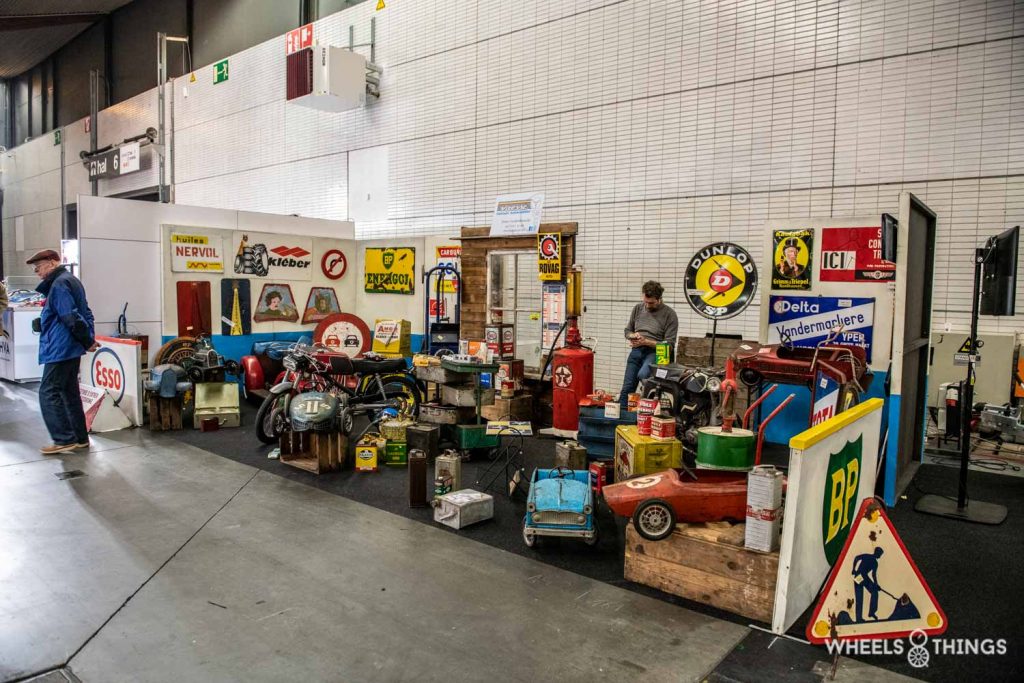
Well viewed were the memorabilia stands set up at the edges of the hall. there was an abundance of books, parts and accessories.
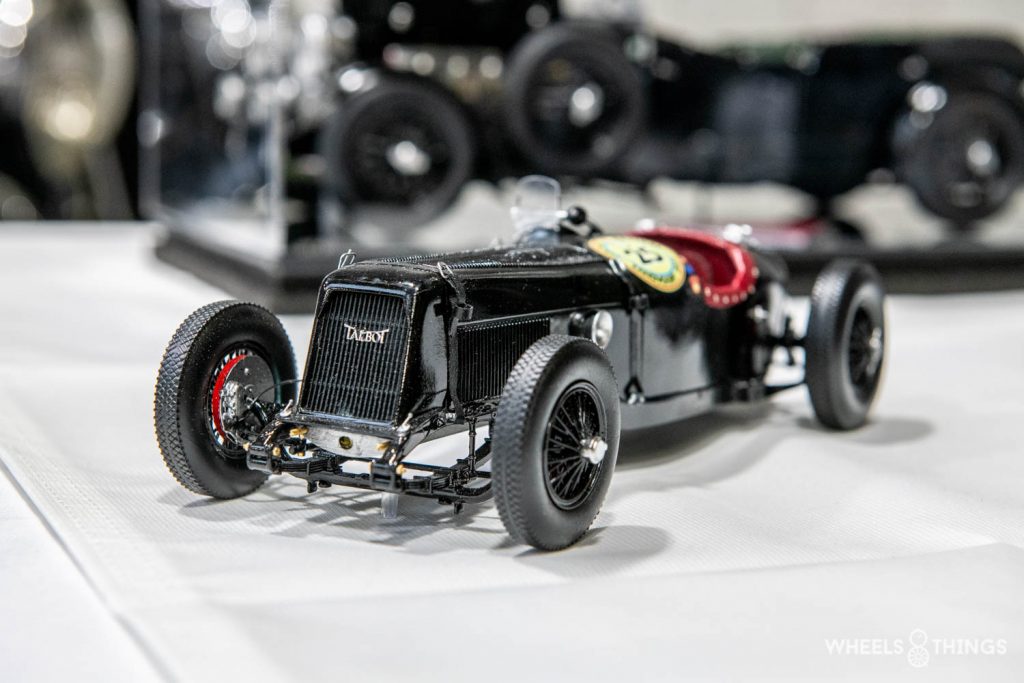
Numerous miniature distributors were also present. These ranged from the classic miniature to truly bespoke work by, in this case, Antonio Martinez-Fresneda. Antonio really builds gems with a great eye for detail.
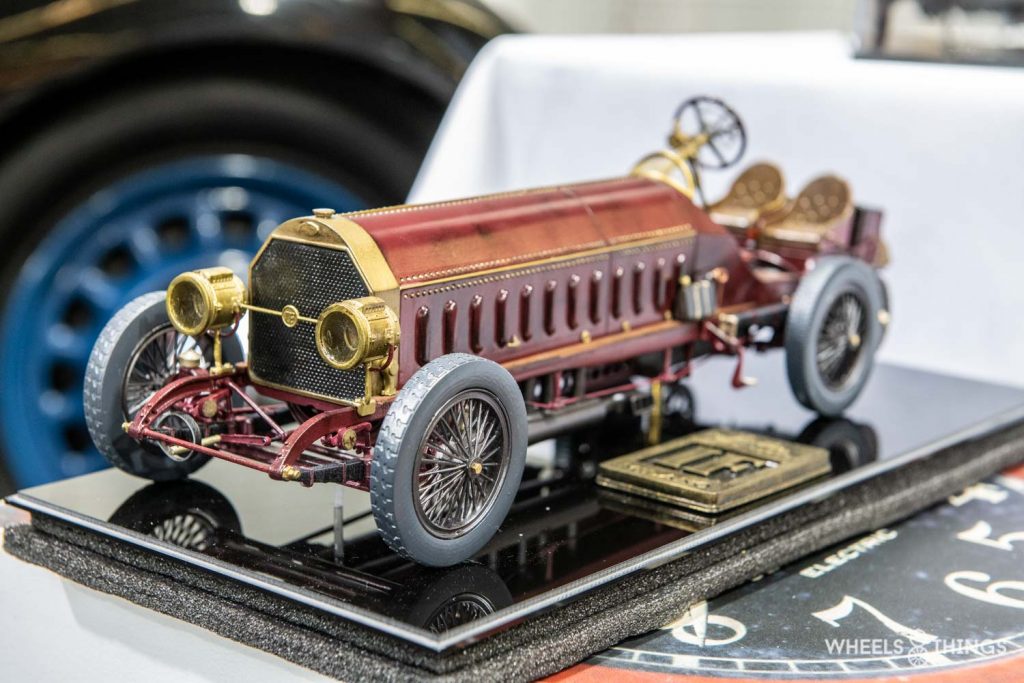
For instance, there was also a 1/12-scale miniature of Mike B Vardy’s Fiat Isotta-Fraschini on which we mounted our Go-Pro a few years ago.
Crafts
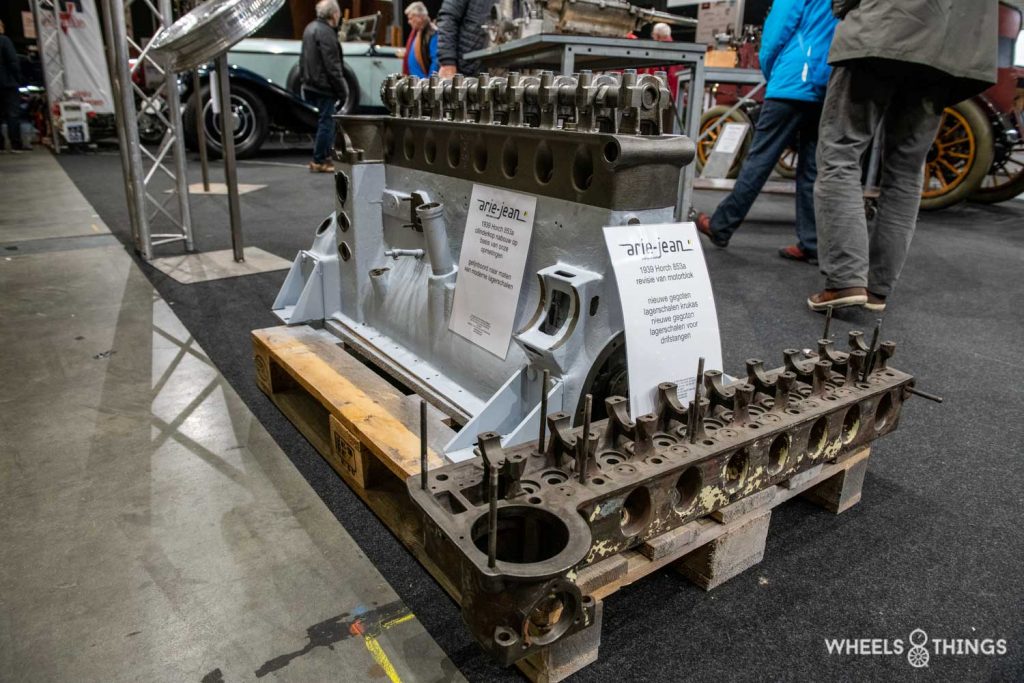
At most indoor events, you will come across companies that restore cars. At the Prewar Days, it is no different. Only it turns out that for many prewar cars, parts simply no longer exist. So often, completely new parts are made. This sometimes starts from an original drawing of the component. But if the drawing is missing, they will measure the defective part as precisely as possible in 3D and use this information to make a new part.
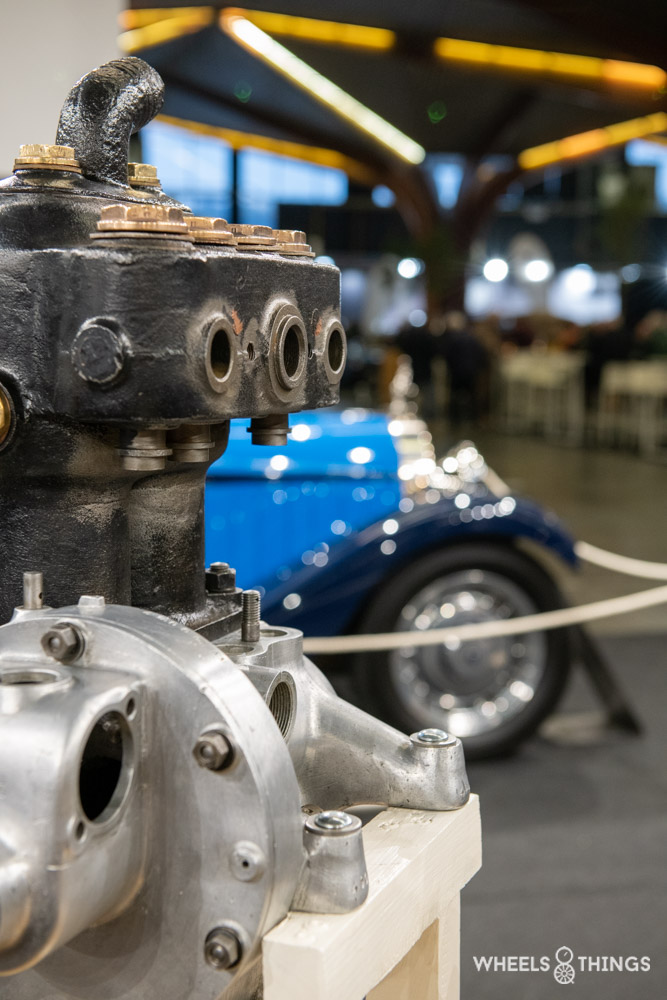
Often, the newly made parts are of better quality than the original ones. However, these things are not cheap, which is understandable when you see how many hours of work go into them. At Arie-Jean’s stand, you could admire several home-made parts.
Ornaments
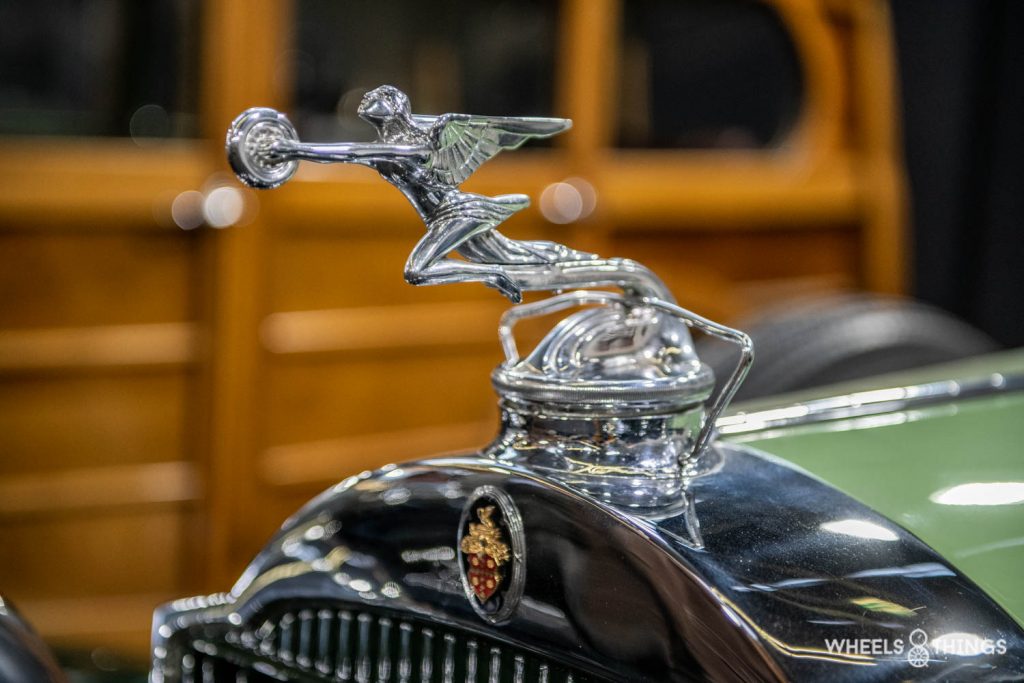
It is often the radiator cap ornaments that really complete a prewar. They are real works of art. Apart from the Spirit of Ecstasy on a Rolls-Royce and the occasional star on a Mercedes, these ornaments have completely disappeared. The competition for the most beautiful ornament raged in full force in the late 1920s and 1930s. Afterwards, it diminished systematically until a law banning protruding elements on autos came into force in 1978.
Trade
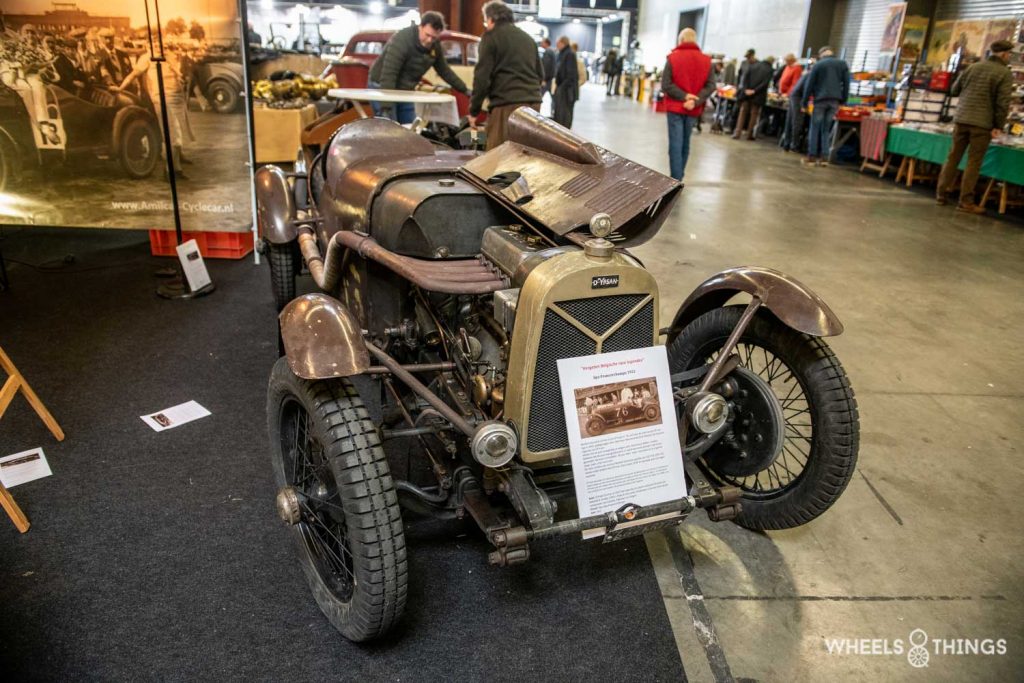
Apart from a few clubs, it was mostly dealers who filled the hall with their prewar vehicles. Often there was a whole history accompanying the car in question. For instance, above you see a D’Yrsan nr. 76. This car appeared at the start of the Spa GP in 1932. As the car stands here with its rare 4 cylinder 1100 cc Ruby K engine with fixed cylinder head and large compressor, only 9 units of it are known. 90 years after its appearance at Spa, it is now ready to race again. Maybe we will see it back at Spa-Classic next year.
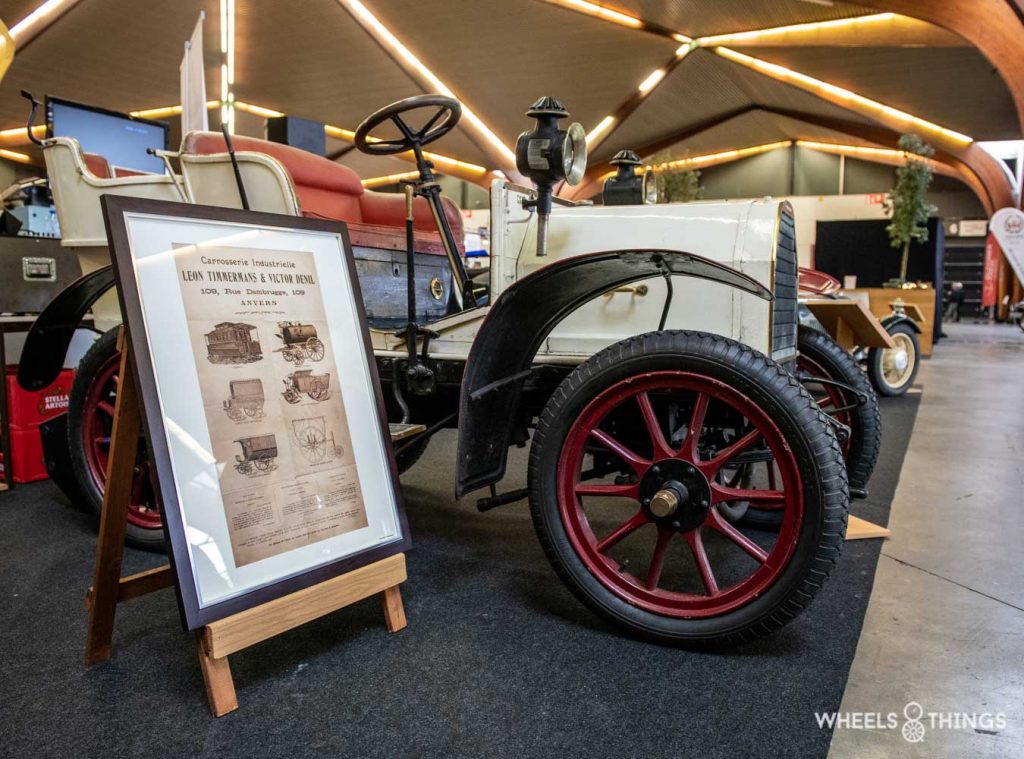
If it may be slightly older, we soon see the wooden spoked wheels and carriage structure recurring. For example, this model was accompanied by a poster of an Antwerp coachwork company. The poster (from 1900) shows that they built tramcars but just as well a camionette for transporting bottles.
Inspect
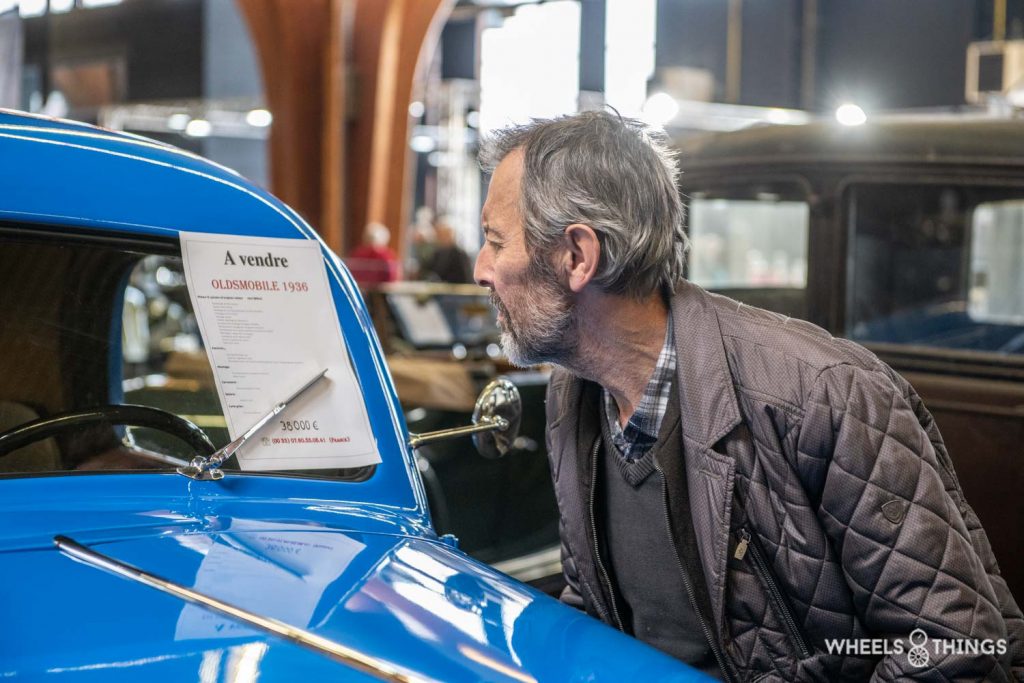
We humans still buy a lot with our eyes, if you don’t like it you usually just walk on. Once a product has caught your attention you start researching. As you can see above, this usually starts with reading the small print. Then a negotiation procedure is often started because as a buyer you want a competitive price while the seller also wants to make some money. If both parties shake hands smiling at the end, a new future starts for a prewar car.
Heritage
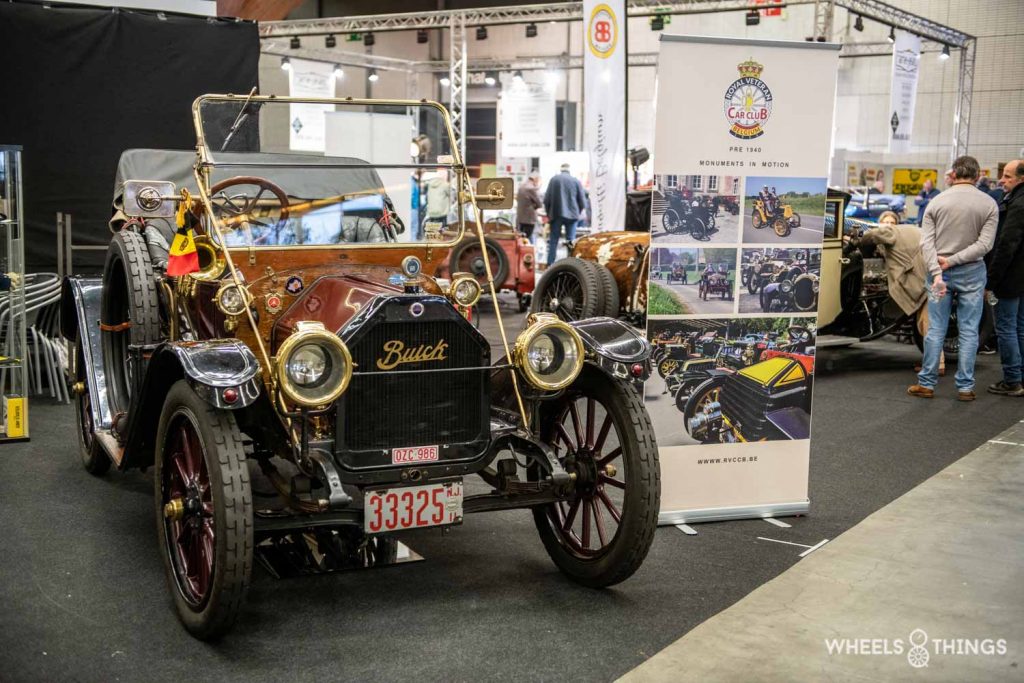
I am not going to sit here whining about our governments but sometimes I do question the policy. The real oldtimer enthusiast does an average of around 1150km a year. It has been irrefutably proven in Brussels that the impact of oldtimers on the environment is nil and yet cities like Antwerp and Ghent continue to bully every oldtimer enthusiast. Now even with the increase in road tax on oldtimers. A 159% increase, aren’t we paying enough tax yet?
We are talking about heritage here, instead of punishing it, preservation should be encouraged. Let us hope Behva and Save the Oldtimer continue their work.
From bargain to very expensive
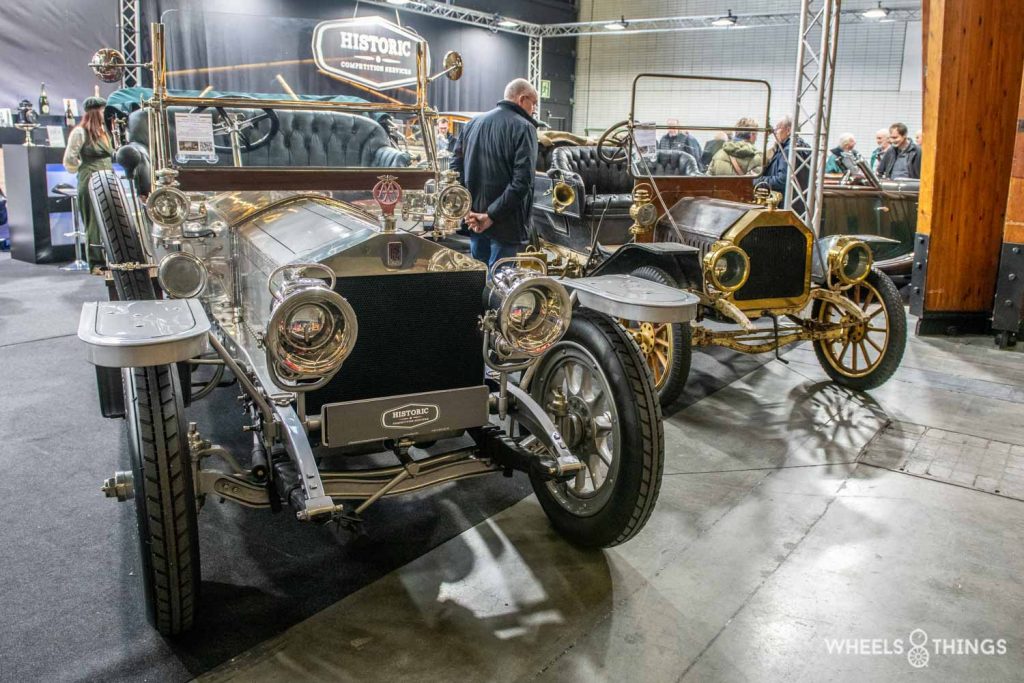
The variety of autos on offer was very wide. Both in terms of models but also purchase prices. With a little searching, you could pick up a prewar for around 10000 euros. However, if you had more feeling for the Rolls-Royce Silver Ghost 7.4L Speed Balloon car on the HCS stand, you had to cough up 1.4 million. So there was something for everyone. The Rolls-Royce above was on the excellently well-lit stand of HSC from Wommelgem which we previously wrote an article about.
Not for everyone
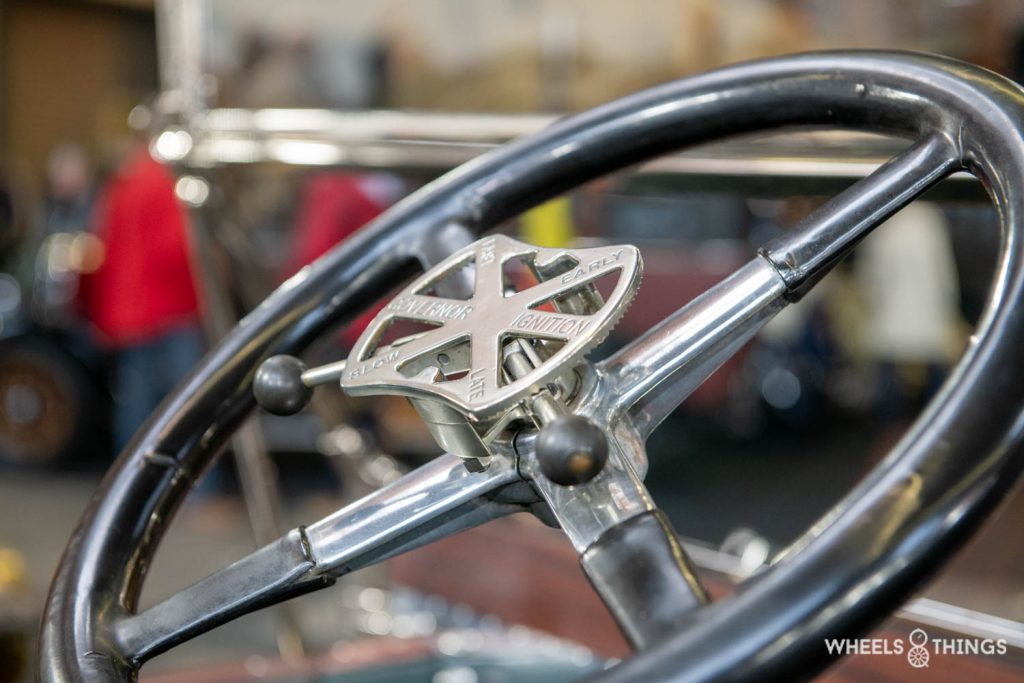
Unlike our contemporary autos, a prewar really requires you to have some technical sense. Not that this should scare you off, but getting in, turning the key and off you go rarely applies to a prewar. Certainly with the very old cars where you still have to adjust the pre-ignition yourself, for instance, a limited technical knowledge is required.
Analogue measuring instruments
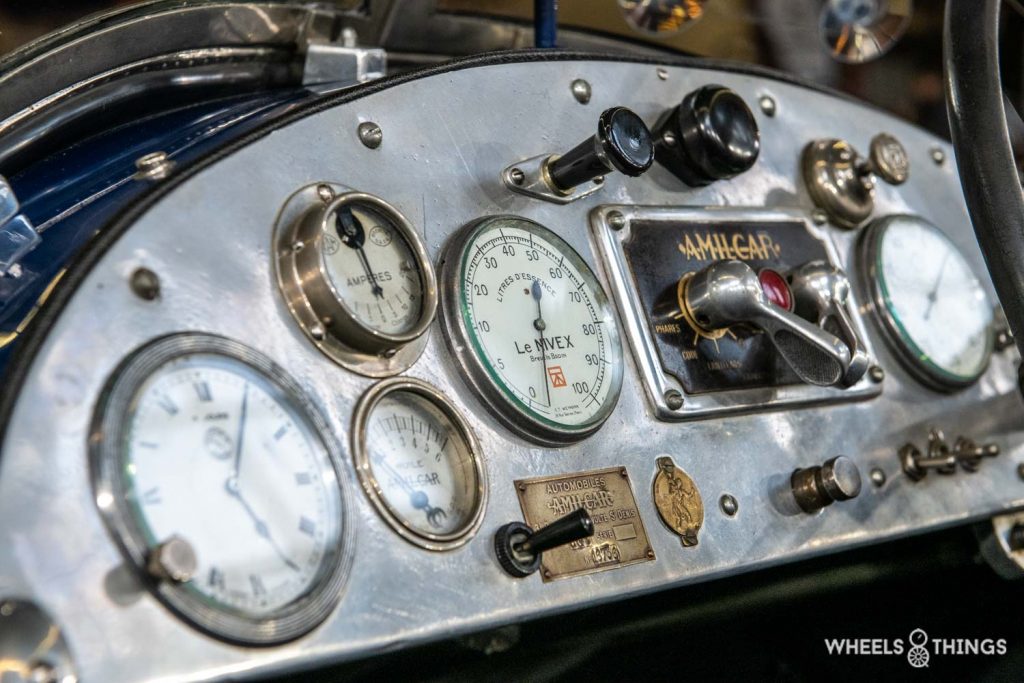
If you drive a recent car these days, you usually have a dashboard in front of you that consists largely of a display. Fancy, yes, but that’s all there is to it. Apart from providing useful information, these things don’t do anything and usually don’t have much to show for it. If you look at the handcrafted dashboards with all those different gauges, you almost have to admire them.
Atmosphere
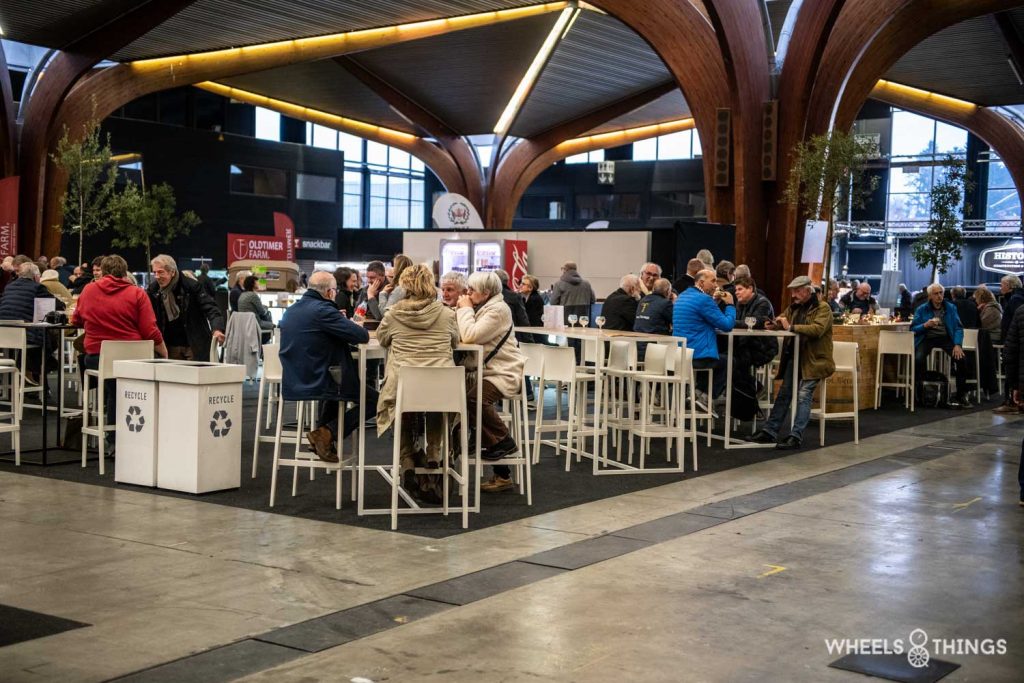
A small-scale event like the Prewar Days in Kortrijk mainly attracts like-minded visitors. And that was clearly evident, everyone struck up a conversation. In the middle of the hall was a bar where you could enjoy the St. Bernadus tripel you got with your entrance ticket. That too was apparently eagerly taken up.
Conclusion
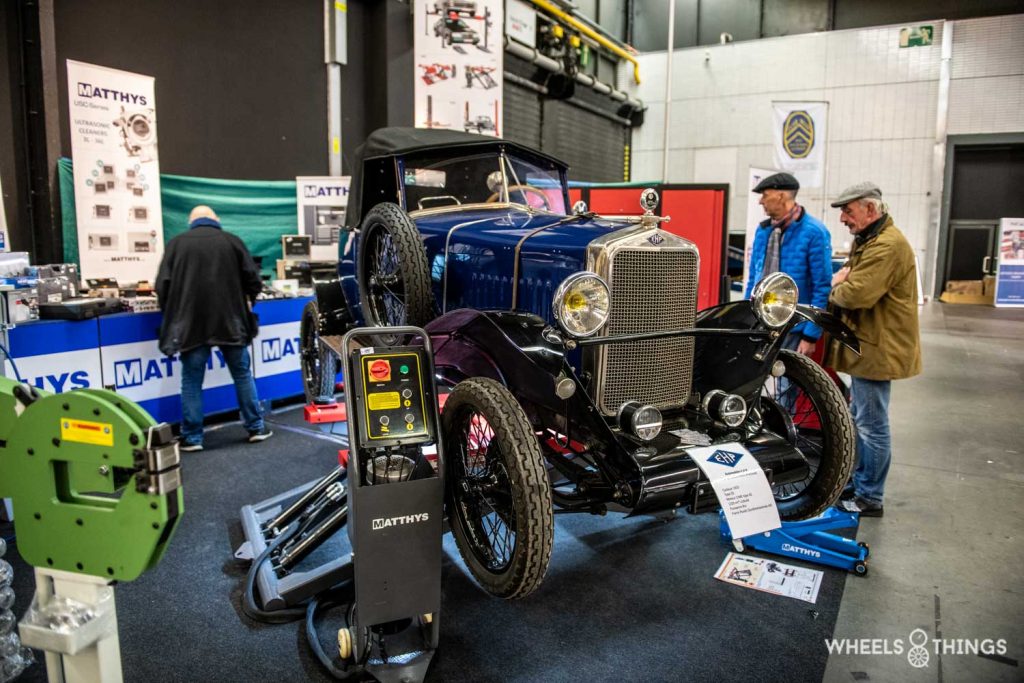
The Prewar Days at Kortrijk certainly achieved their goal, in our opinion. The turnout was quite large and the offer was nice and varied. For a niche fair, I think they found the perfect formula here. We will definitely be back in 2023.






























